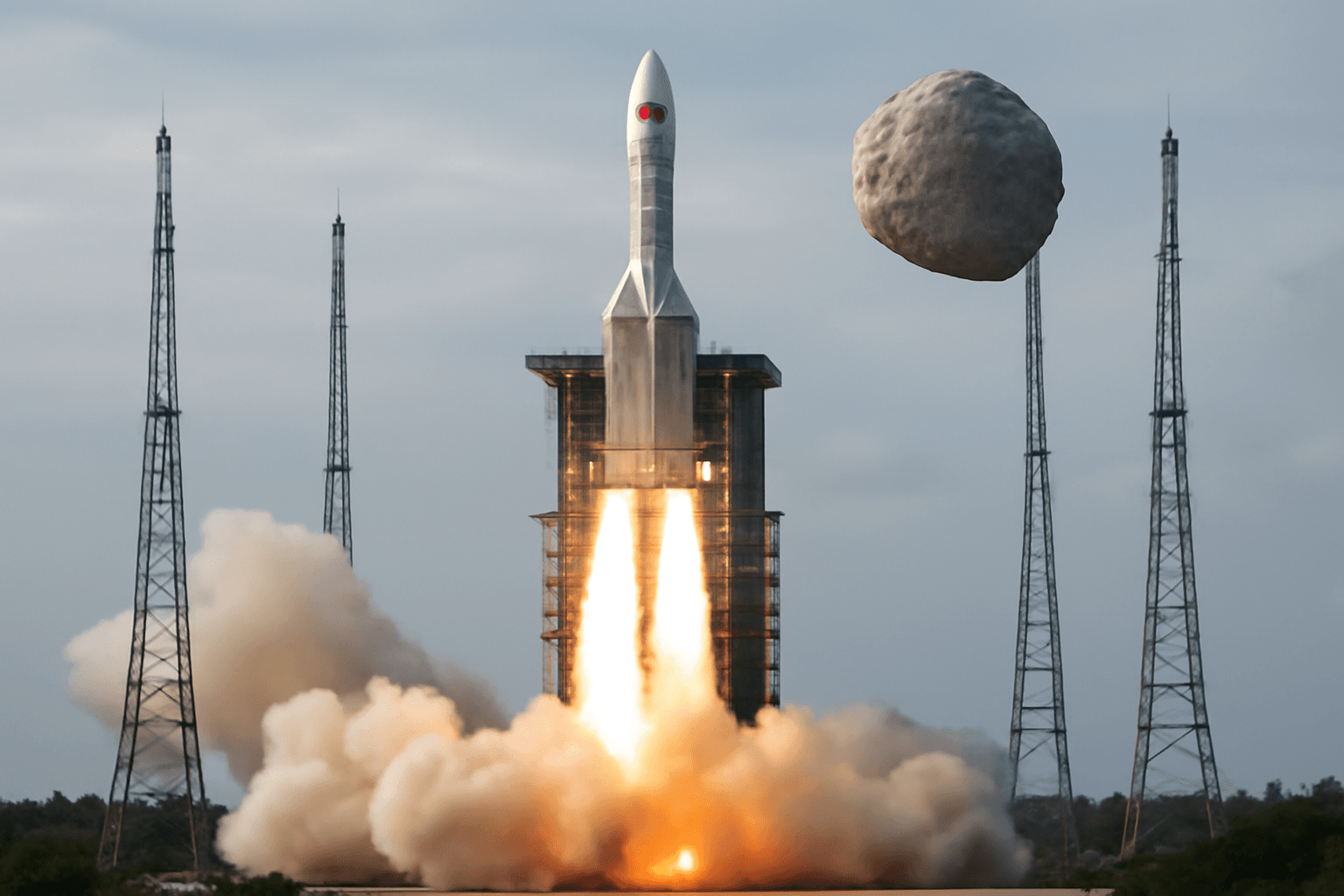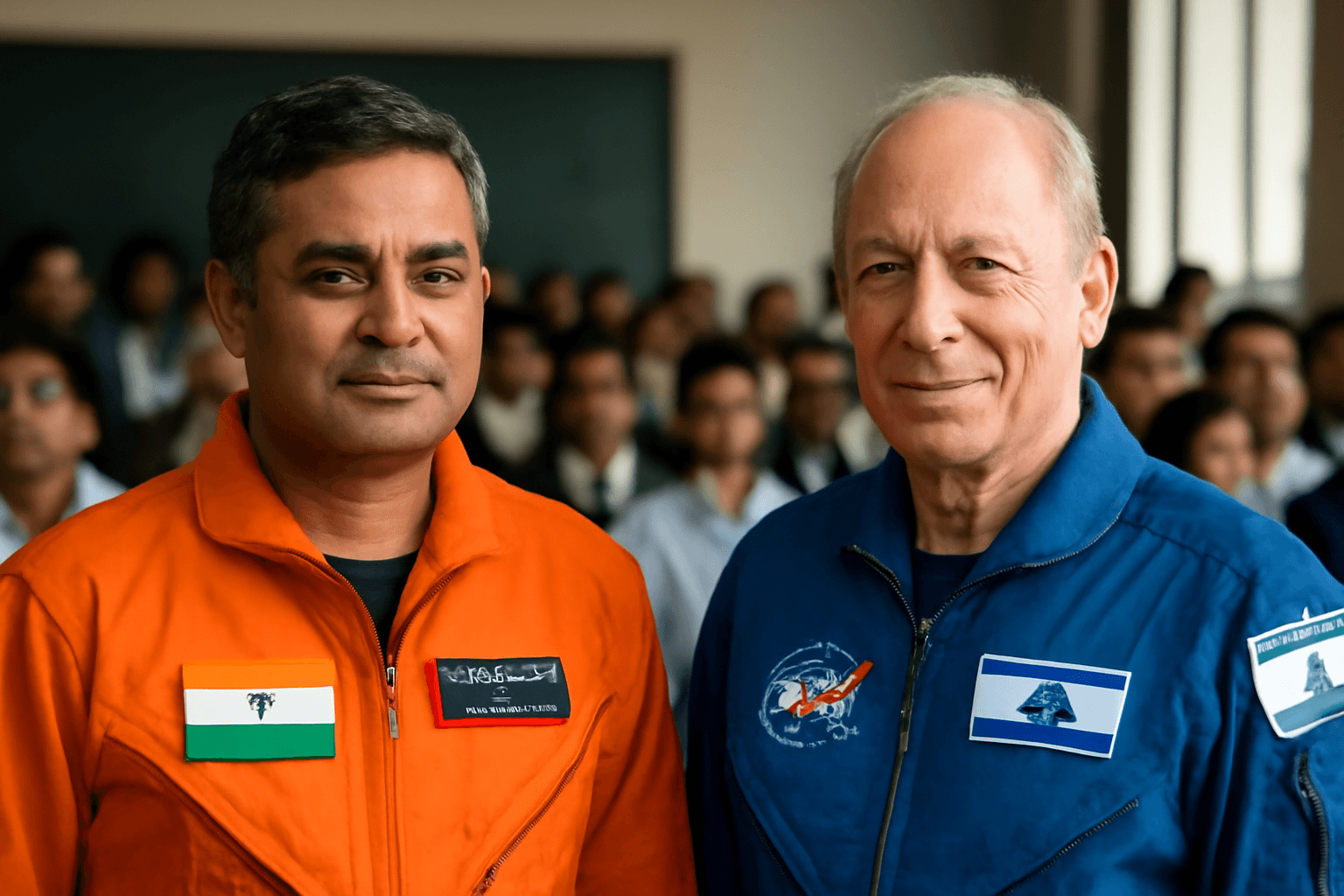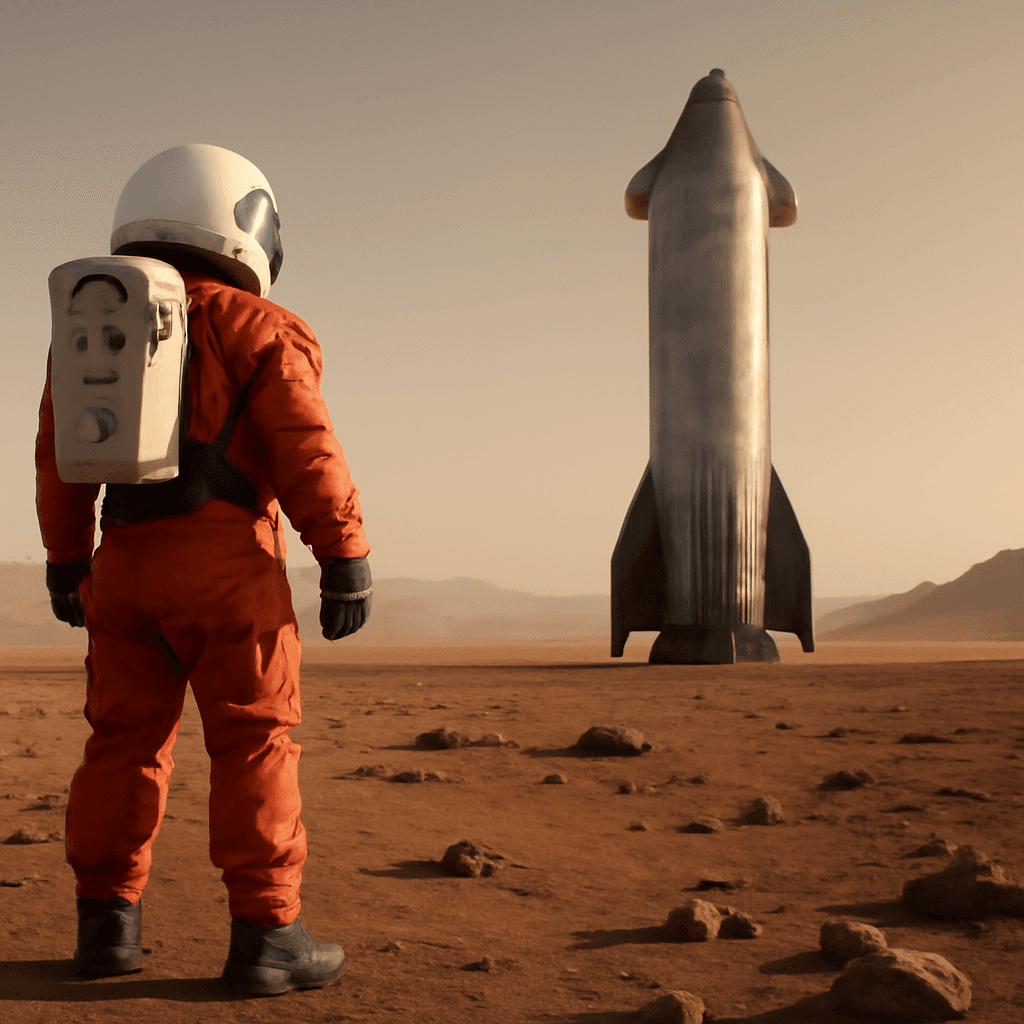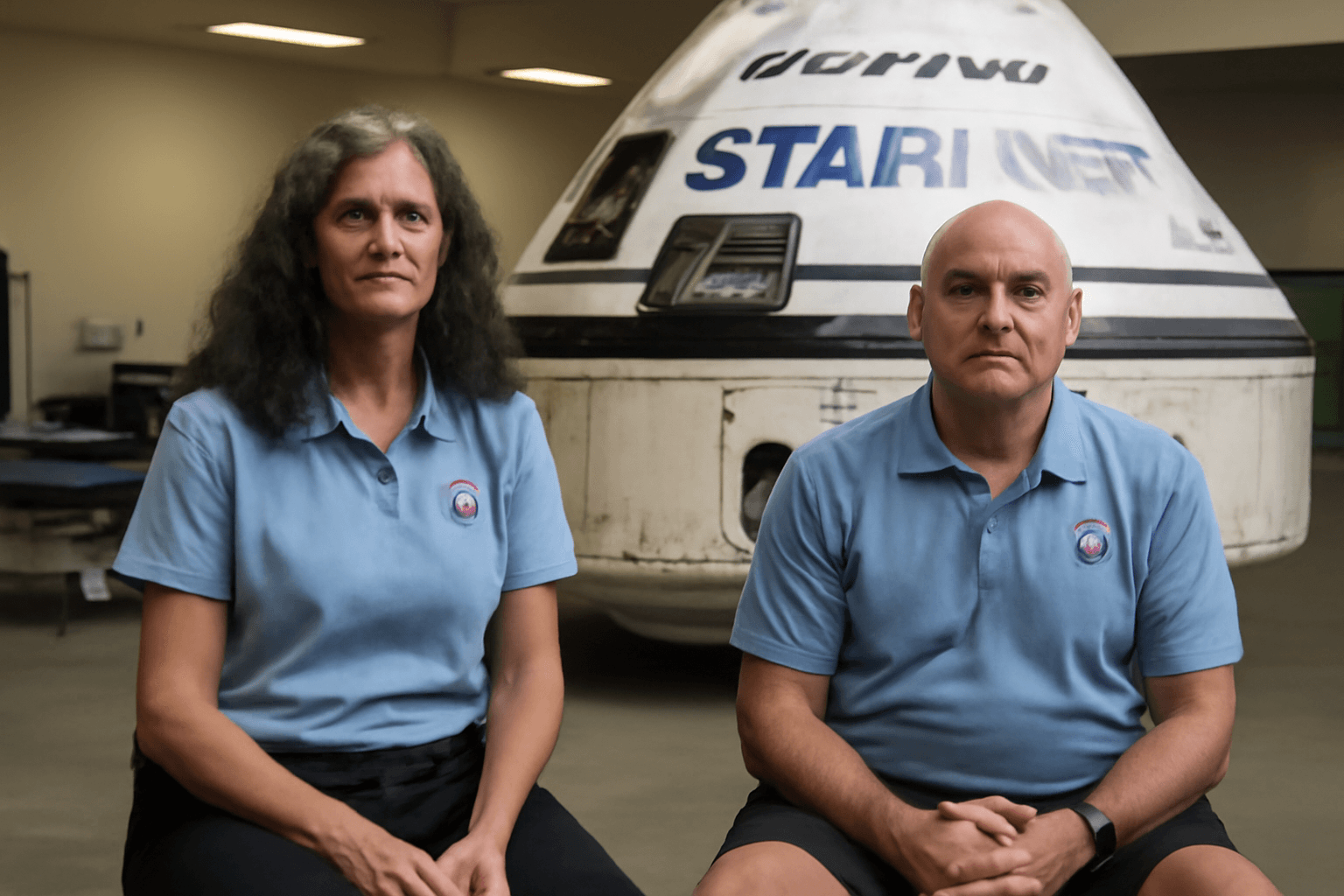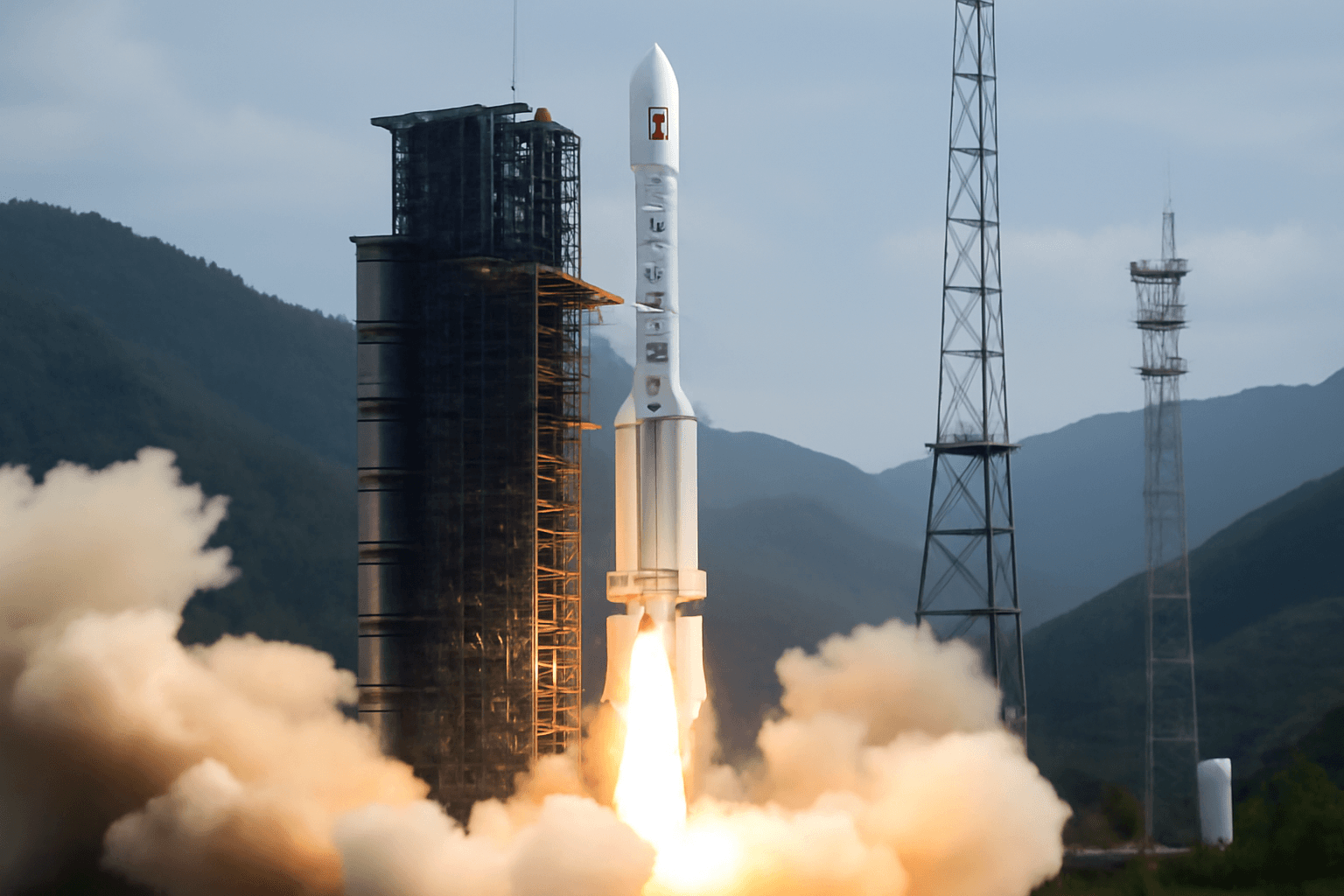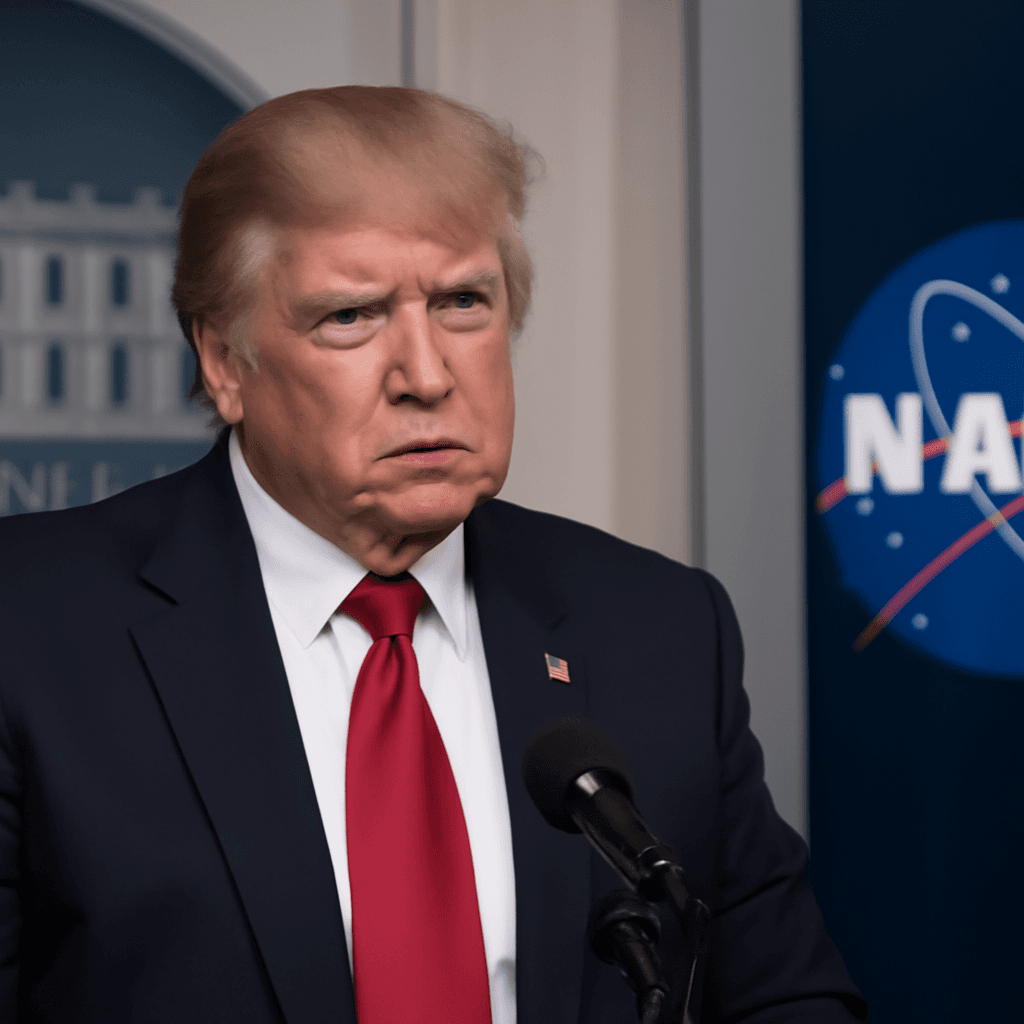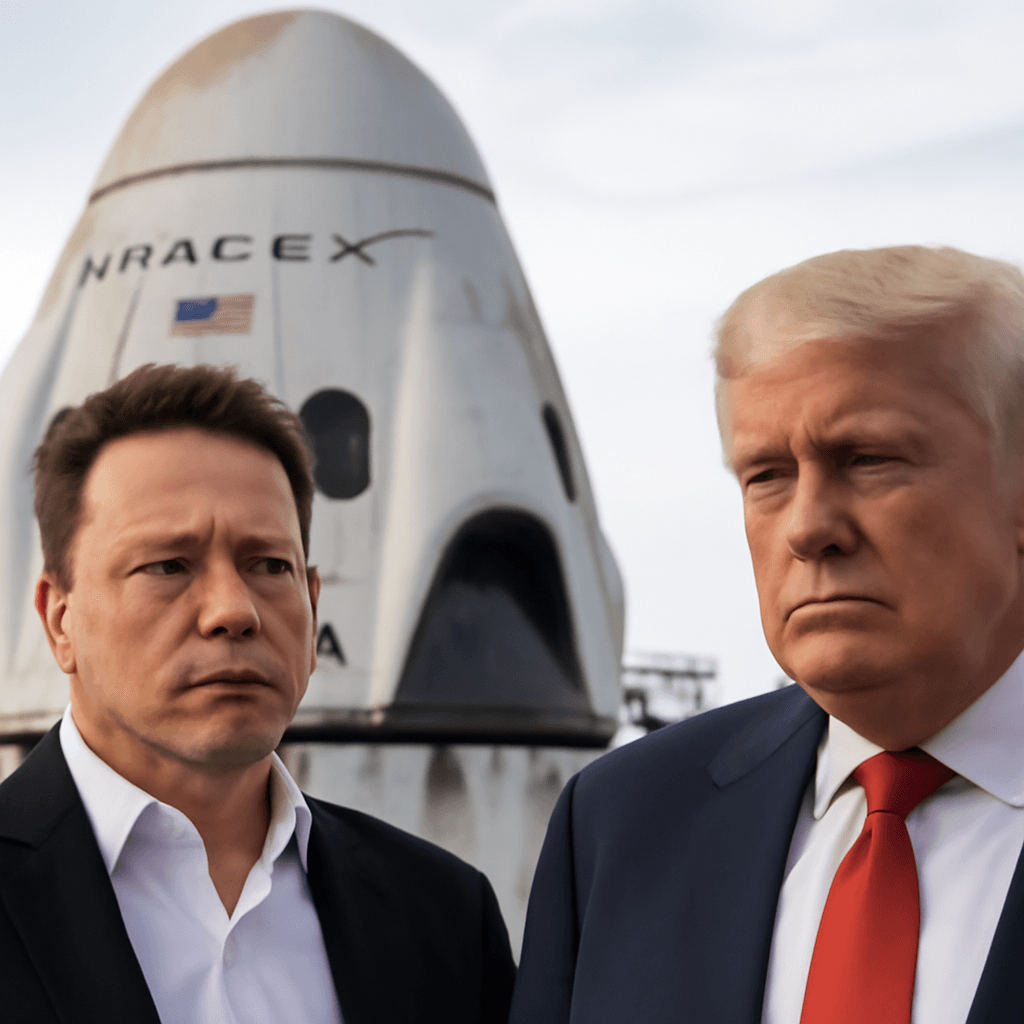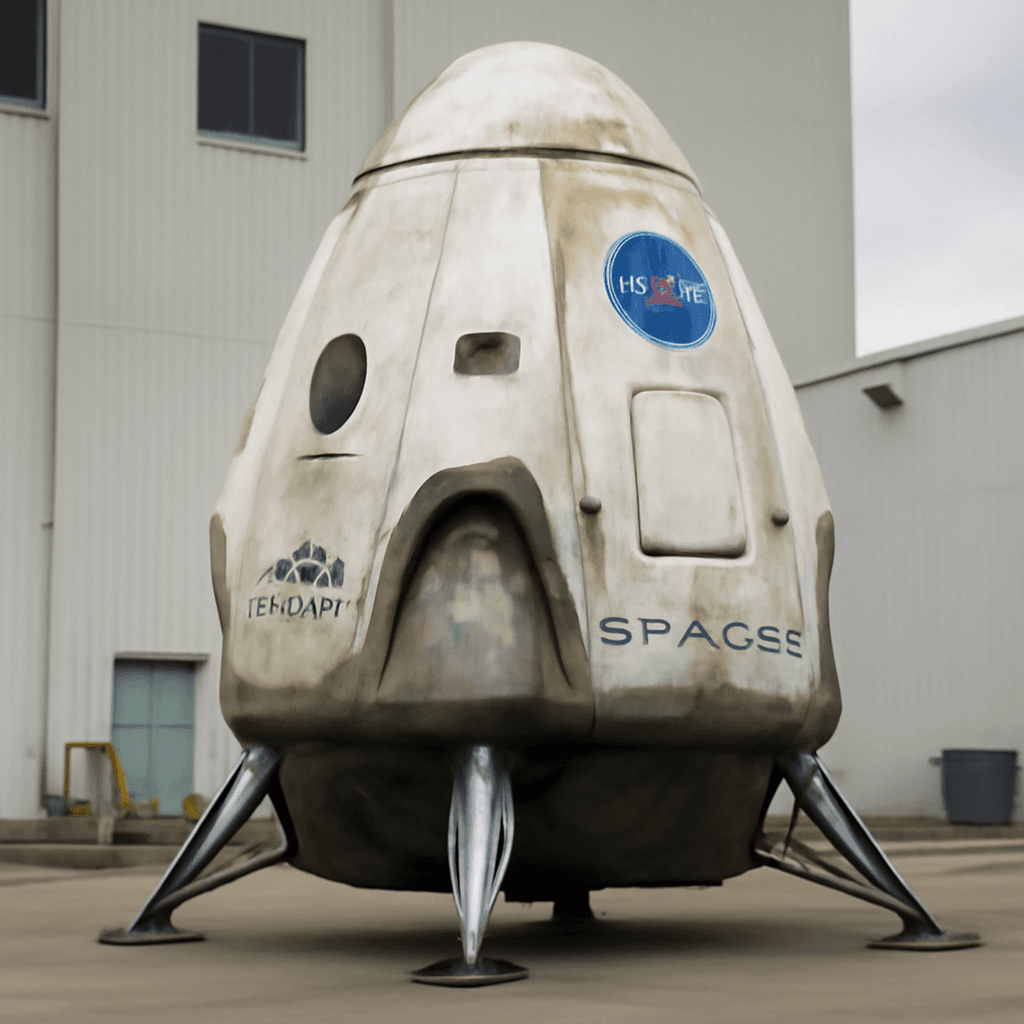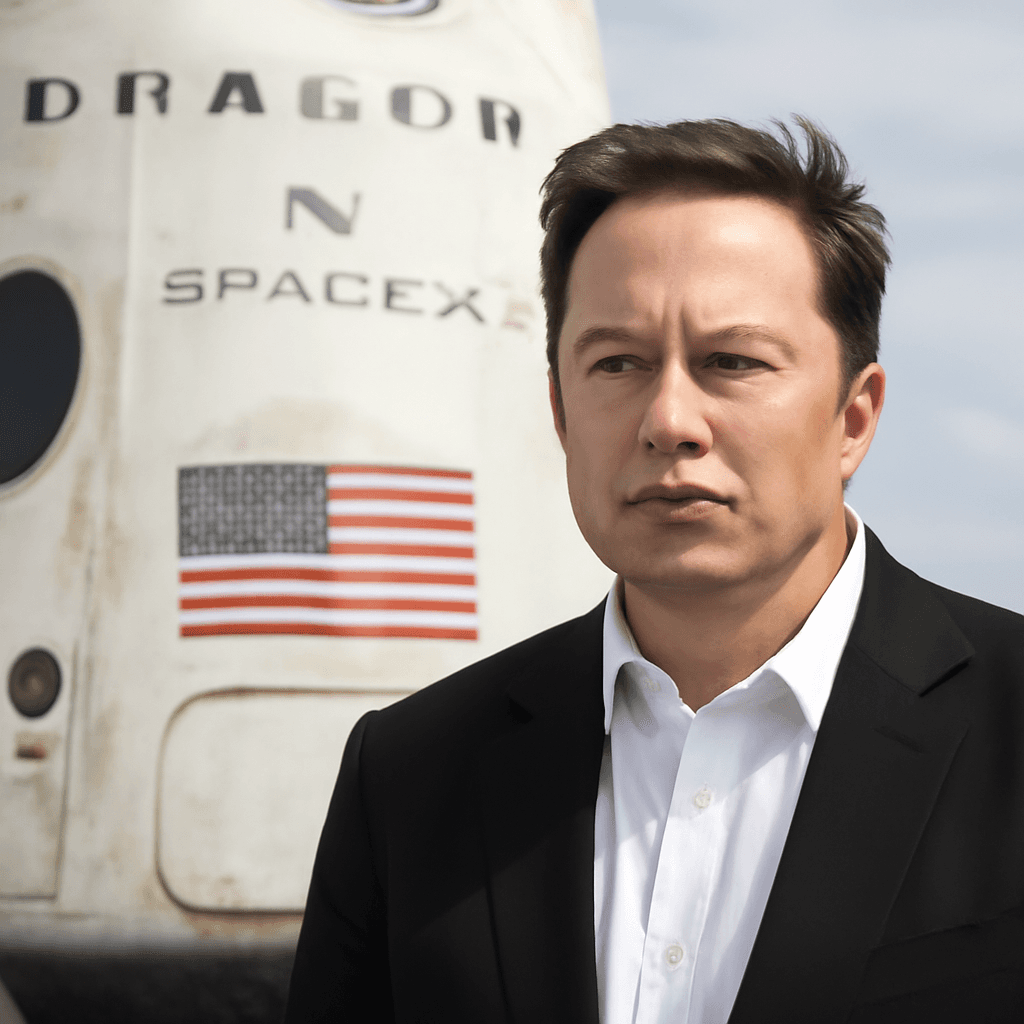On May 29, 2025, China successfully launched the Tianwen-2 spacecraft on a groundbreaking mission to collect samples from the near-Earth asteroid 469219 Kamoʻoalewa. The robotic probe was sent into space atop a Long March 3B rocket from the Xichang Satellite Launch Center at around 1:31 a.m. local time.
Tianwen-2 is scheduled to arrive at the asteroid in July 2026. Once there, it will collect rock samples and send them back to Earth, expected to land in November 2027. This mission positions China as the third country to retrieve pristine asteroid material following Japan's successful Hayabusa and Ryugu missions and the United States' OSIRIS-REx mission.
The asteroid 469219 Kamoʻoalewa is a quasi-satellite of Earth, orbiting the Sun in close proximity for about a century. It measures between 40 to 100 meters in size and lies approximately 10 million miles from Earth. The Tianwen-2 mission highlights China's rapidly advancing space exploration capabilities, complementing recent achievements such as lunar far-side rover landings and the operation of its national space station.
State-run media outlet Xinhua declared the launch a "complete success," reinforcing China’s commitment to expanding its extraterrestrial research. The data and samples returned by Tianwen-2 are expected to offer valuable insights into the early solar system and asteroid composition.

